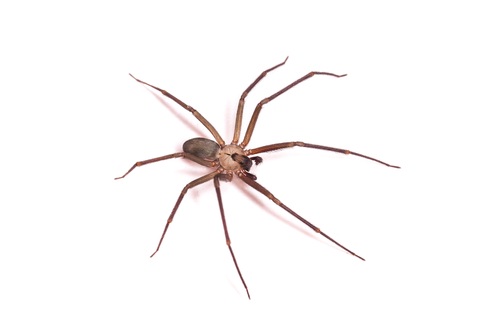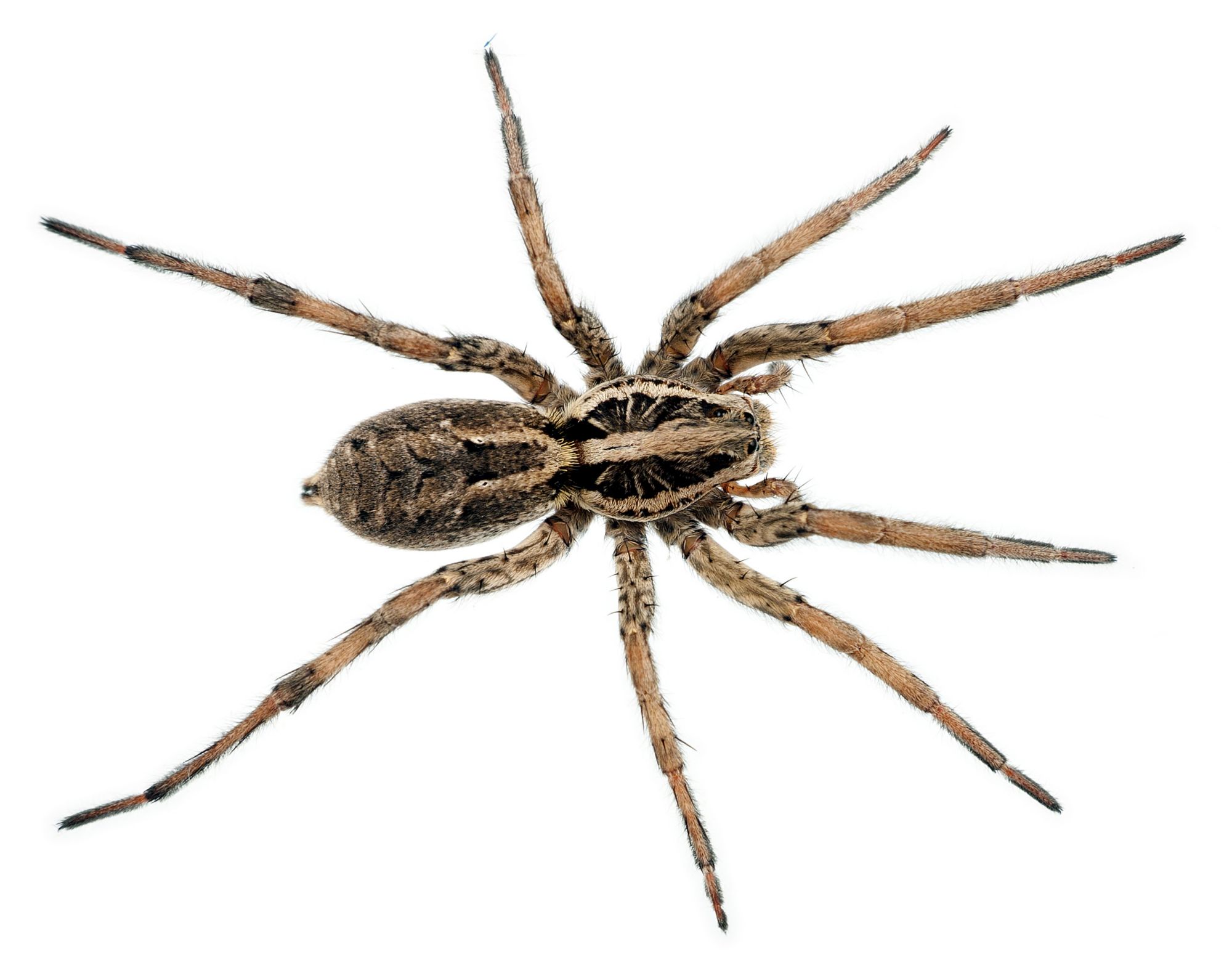If you’re like most people, you probably can’t tell the difference between a wolf spider and a brown recluse. But if you’re someone who is unlucky enough to be bitten by either one of these spiders, it’s important to know the difference. Here’s a quick guide to help you out.
What are the key differences between a wolf spider and a brown recluse?
There are three key ways to tell the difference between a wolf spider and a brown recluse:
1. Wolf spiders are typically larger, with some species growing up to 2 inches in length. Brown recluses, on the other hand, are typically only about 1/2 an inch long.
2. Wolf spiders typically have more distinct markings on their bodies, often in shades of black and gray. Brown recluses, as their name suggests, are usually a uniform brown color.
3. perhaps most importantly, wolf spiders typically have two large eyes in the center of their head, while brown recluses have six smaller eyes arranged in three pairs around the edge of their head.
4. wolf spiders have a leg span of up to 10 inches, while brown recluses only have a leg span of 1-2 inches5. wolf spiders are fatter, meaning they are less likely to spin web like brown recluses .
5. wolf spiders have hairy bodies, while brown recluses have a shiny, smooth abdomen
6. wolf spiders typically live in very large webs and houses, while brown recluses tend to live in smaller web with few entrances.
What do wolf spiders and brown recluses look like?

It can be difficult to tell the difference between a wolf spider and a brown recluse at first glance. Both spiders are typically brown in color, and they both have eight legs. However, there are some key physical differences that can help you identify each spider.
Wolf spiders are large spiders, with adults ranging in size from 0.4 to 1.38 inches in length. They have distinctively large eyes, which are arranged in three rows. Brown recluses, on the other hand, are small spiders, with adults only growing to be about 0.5 inches in length. They have six eyes arranged in two rows of three each.
Another difference between these two spiders is that wolf spiders typically have patterns on their backs, while brown recluses do not. Wolf spiders may have stripes or spots on their backs, which can help you distinguish them from brown recluses.
If you’re still not sure whether you’re looking at a wolf spider or a brown recluse, there is one surefire way to tell the difference: look at the legs. Wolf spiders have long legs that are all the same size. Brown recluses, on the other hand, have shorter back legs that are noticeably smaller than their front legs.
What do wolf spiders and brown recluses eat?
diet includes crickets, moths, beetles, and other spiders. Some larger species will even eat lizards, snakes, and small birds. On the other hand, brown recluse spiders have a very limited diet. In addition to insects, they also eat the occasional soft-bodied creature like a young mouse or newborn bird.
What is the habitat of a wolf spider vs a brown recluse?

Wolf spiders are hunting spiders that actively chase and pounce on their prey. They are found all over the world and are common in North America. Brown recluse spiders are reclusive by nature and prefer to stay hidden in dark, undisturbed places like closets, attics, and basements. They are most commonly found in the southern and midwestern United States.
What is the behavior of a wolf spider vs a brown recluse?
Wolf spiders are not aggressive and will usually only bite humans if they feel threatened. Brown recluse spiders are shy but will bite humans if they feel trapped or threatened.
What is the reproduction process for a wolf spider vs a brown recluse?
The two spiders also differ in their methods of reproduction. Female wolf spiders lay their eggs in a silken sac, which they carry around with them until the eggs hatch. The brown recluse, on the other hand, weaves a silken egg sac in which it lays its eggs. The egg sacs of the brown recluse are more likely to be found in its webbing than those of the wolf spider.
What are the predators of a wolf spider vs a brown recluse?

There are many different species of wolf spiders, so their predators can vary. Generally, though, they are preyed on by larger spiders, centipedes, lizards, toads, and mice. Some species of birds also eat wolf spiders.
Brown recluse spiders have few predators because of their venomous bite. The only known predators of brown recluses are a few species of wasps.
What are the dangers of a wolf spider vs a brown recluse?
Wolf spiders are not considered dangerous to humans, as their venom is relatively mild. However, brown recluses are considered dangerous, as their bites can cause serious necrosis (tissue death). It is important to be able to distinguish between these two types of spiders, in order to avoid any potential health hazards.
How can you tell if you have a wolf spider or brown recluse?
There are a few key ways to tell the difference between these two types of spiders. One is the number of eyes—a wolf spider has eight, while a brown recluse only has six. Another is the pattern on the back—a wolf spider’s will be more striped, while a brown recluse’s will be more of a solid color. Finally, wolf spiders are generally larger than brown recluses.
How can you get rid of a wolf spider or brown recluse?
Here are a few ways to get rid of spiders in your home:
-Use a vacuum cleaner to suck up the spider. Make sure you empty the vacuum bag afterwards so the spider doesn’t escape.
-Spray the spider with an insecticide. Be sure to read the label and follow the directions carefully.
-Trap the spider under a glass and slide a piece of paper under it. Take the spider outside and release it.
-If you see a brown recluse, call a pest control professional. These spiders are poisonous and should be removed by someone with experience.